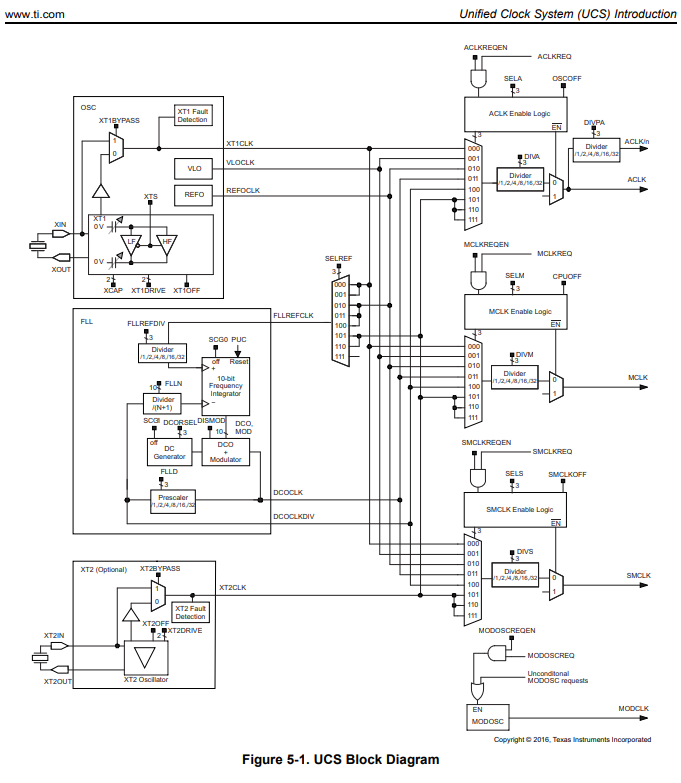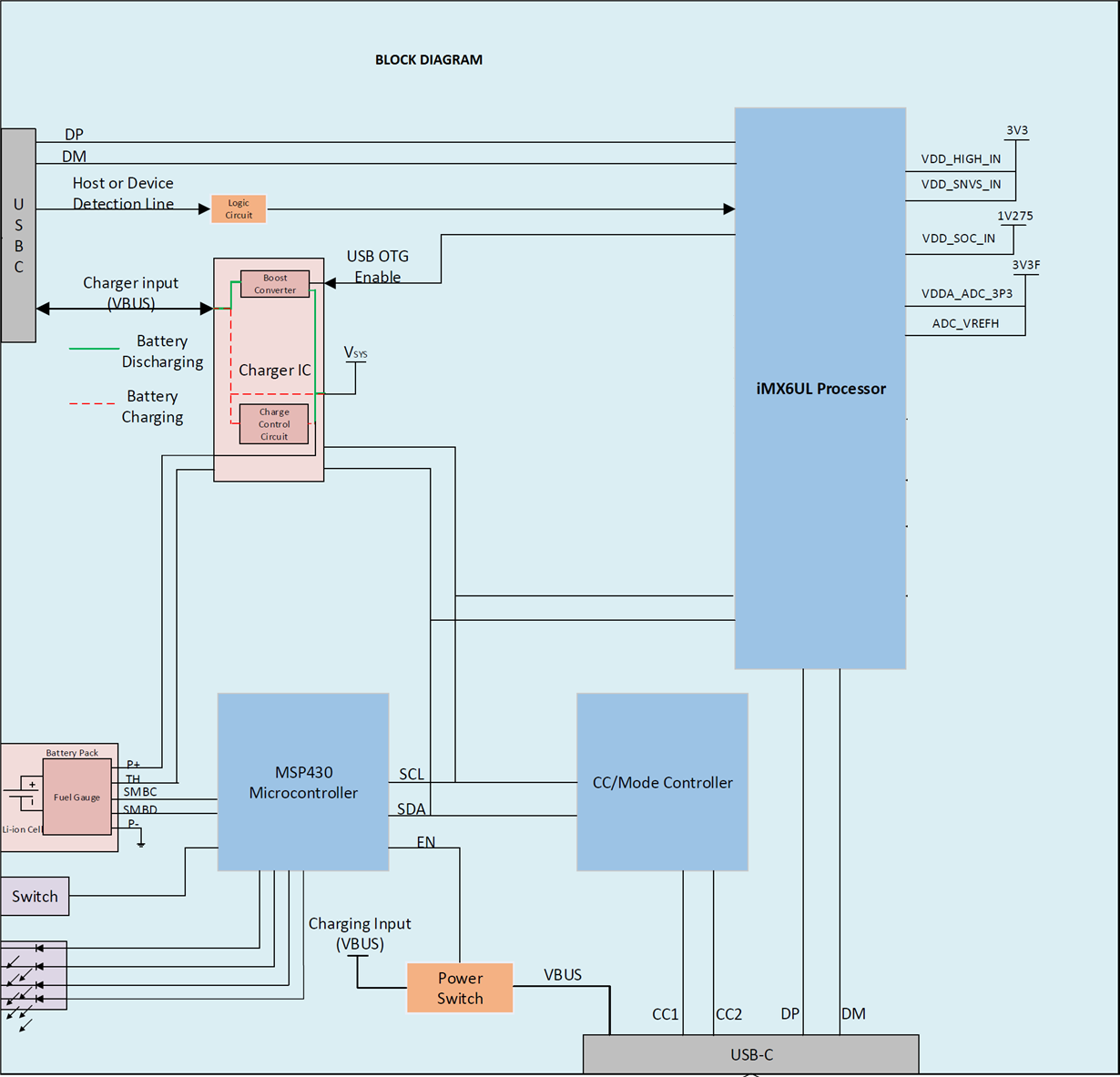Hi,
We are planning to use MSP430F5340 micro-controller in one of our product. In the part there are two terminals are given for oscillator connections as below.
1. XIN, XOUT
2. XT2IN, XT2OUT
But in the EVM schematics of the MSP430F5340 Crystal oscillator and related components on both the terminals are marked as DNP. Please let me know on which terminal crystal oscillator to be connected and what is range of frequency of the crystal to be connected.
Regards,
Rineet



